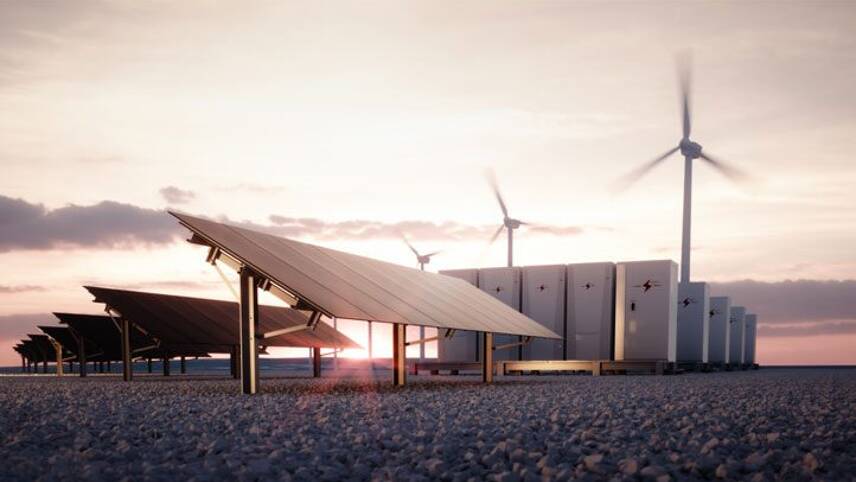Register for free and continue reading
Join our growing army of changemakers and get unlimited access to our premium content

The new guide is free to download for edie users
With energy costs spiralling to dizzying heights and little sign of policy relief for businesses, edie has launched a new guide outlining the benefits and options of energy flexibility and how that can assist with wider decarbonisation and energy-saving efforts.
Simply put, flexibility refers to the ability to react to the fluctuating needs of the power system. Ofgem defines flexibility as “modifying generation and/or consumption patterns in reaction to an external signal – such as a change in price – to provide a service within the energy system”. For example, a large business may be able to shut off production at a factory for a set period to help ease grid constraints.
However, as the country, and the world, continues to move away from carbon-intensive sources of energy production towards cleaner but more intermittent renewable sources of energy production, flexibility will be needed to balance supply and demand, through sources such as energy storage in batteries, as well as increased interconnected capacity from neighbouring electricity markets, and from domestic and business consumers adjusting the time they consume it.
But, what is flexible energy? Why do we need flexible energy systems? What are the different forms of flexibility? What are the business benefits of deploying flexible energy? This new edie Explains guide answers all of these questions and more.
—–CLICK HERE TO DOWNLOAD THE EDIE EXPLAINS GUIDE—-
The UK energy market is undergoing a transformation, which is largely being driven by the government’s target for the country to bring all greenhouse gas emissions to net-zero by 2050. In December 2020, then Prime Minister Boris Johnson announced a new target to reduce emissions by at least 68% by 2030 (from a 1990 baseline). This was the first such target set by the UK since it officially left the European Union in January 2021.
A cocktail of legislation and spiralling energy costs has seen many businesses look to innovative measures to reduce and manage their energy usage, and flexibility will be crucial in helping businesses weather the current energy storm and then build towards ambitious carbon reduction plans.
This report, sponsored by Bryt Energy, outlines all the key considerations and challenges that businesses will need to explore when looking at energy flexibility.
Click here to download the edie Explains: Energy flexibility report.


Please login or Register to leave a comment.